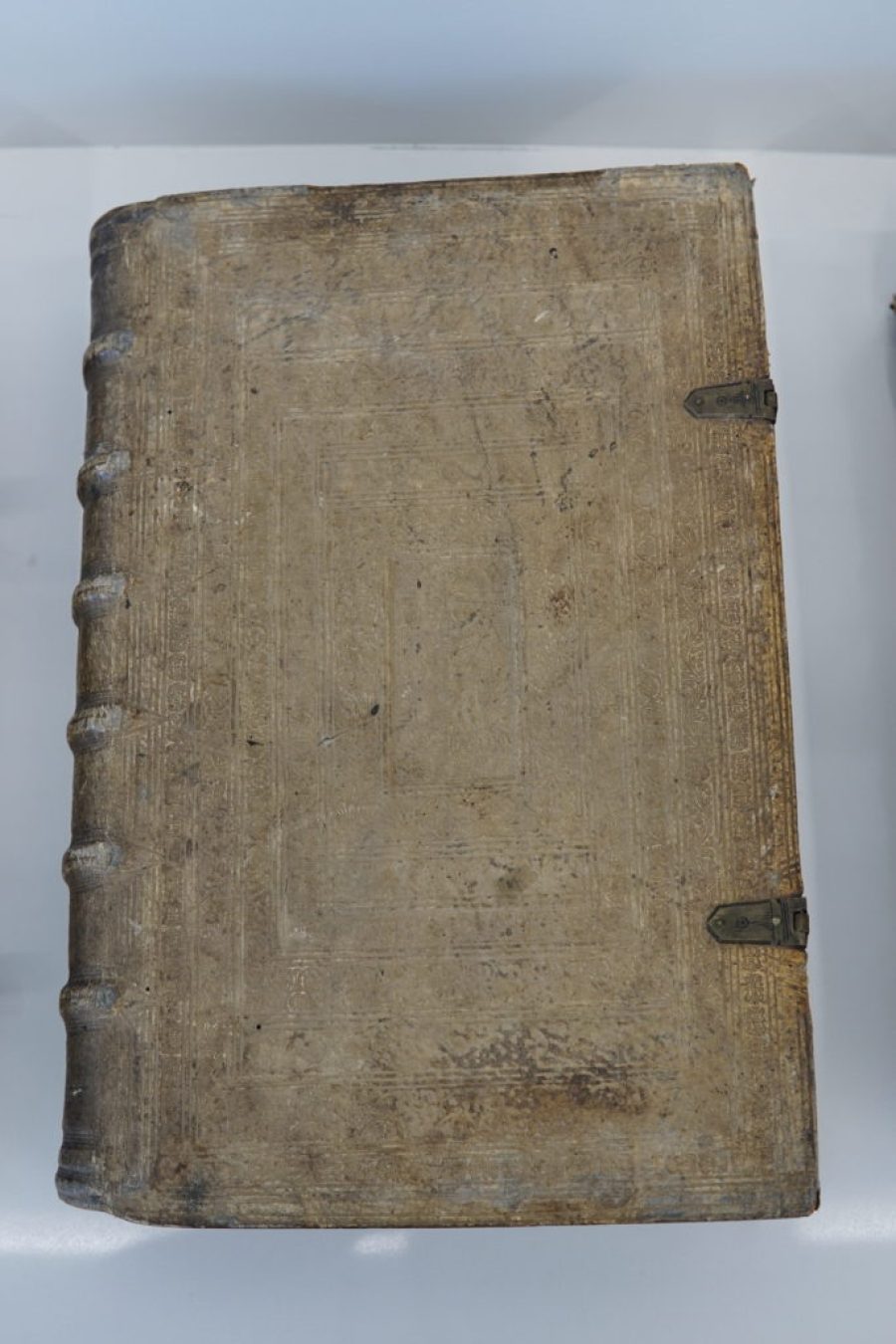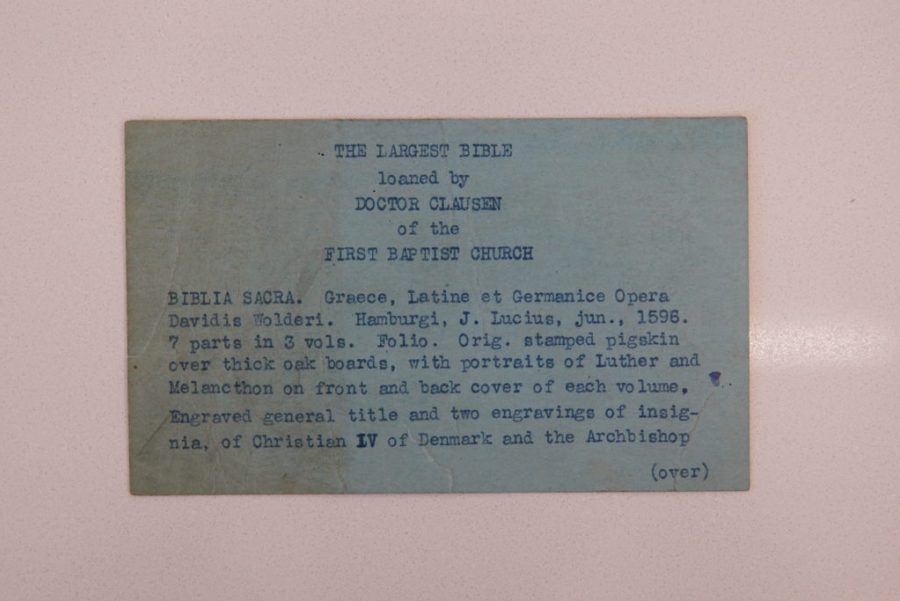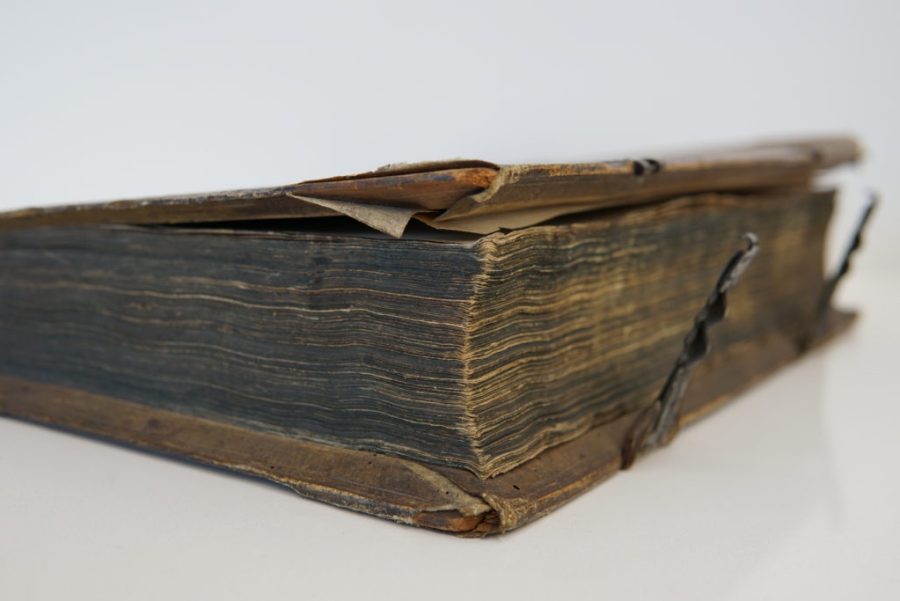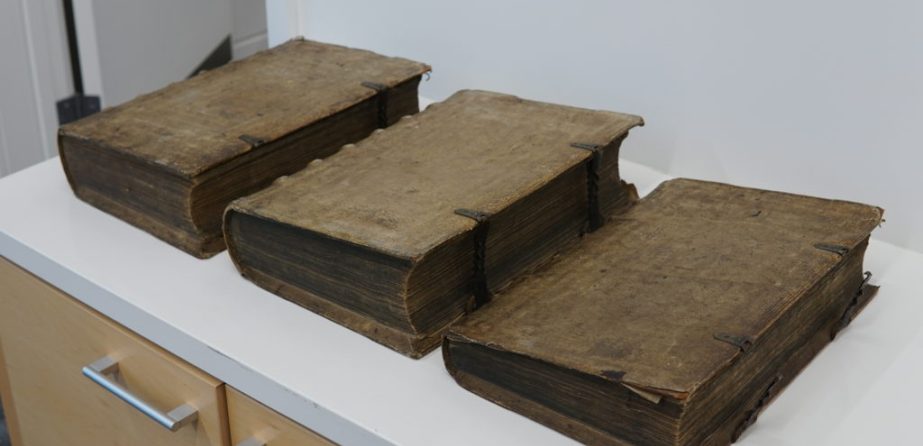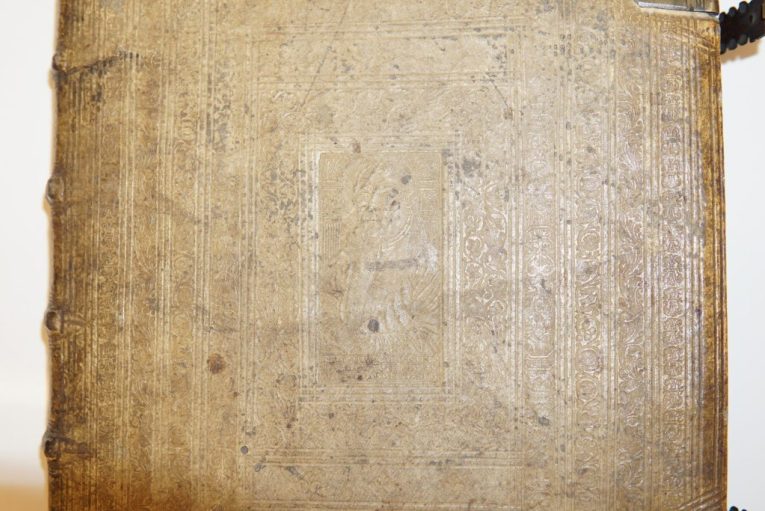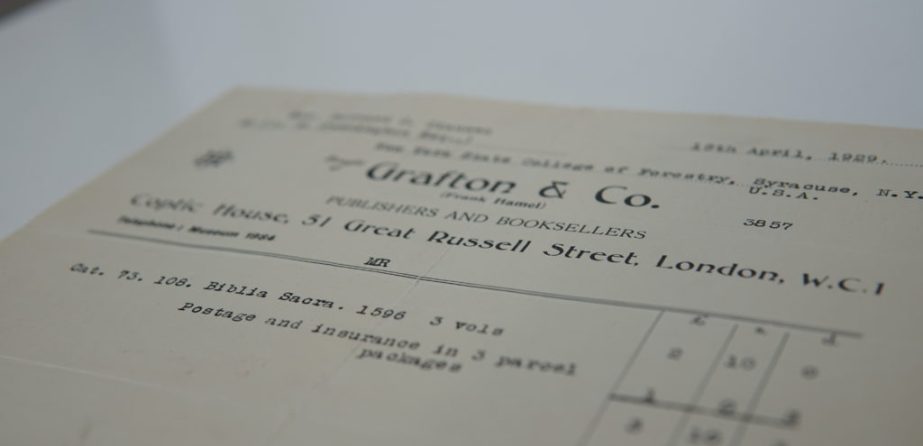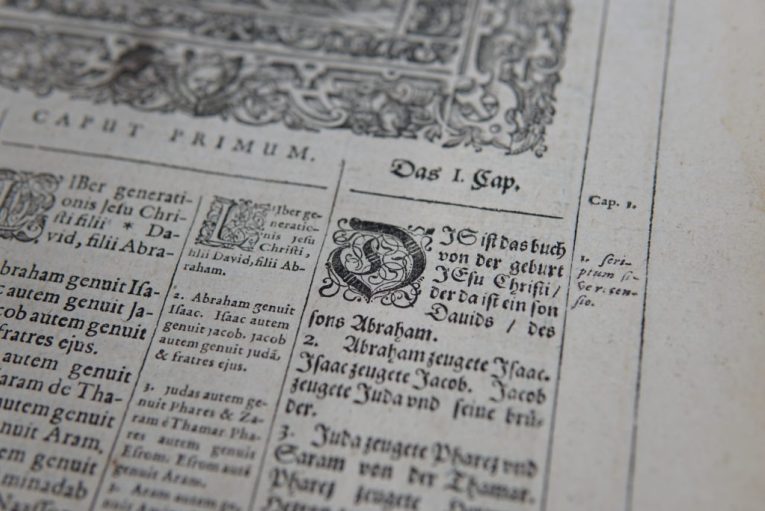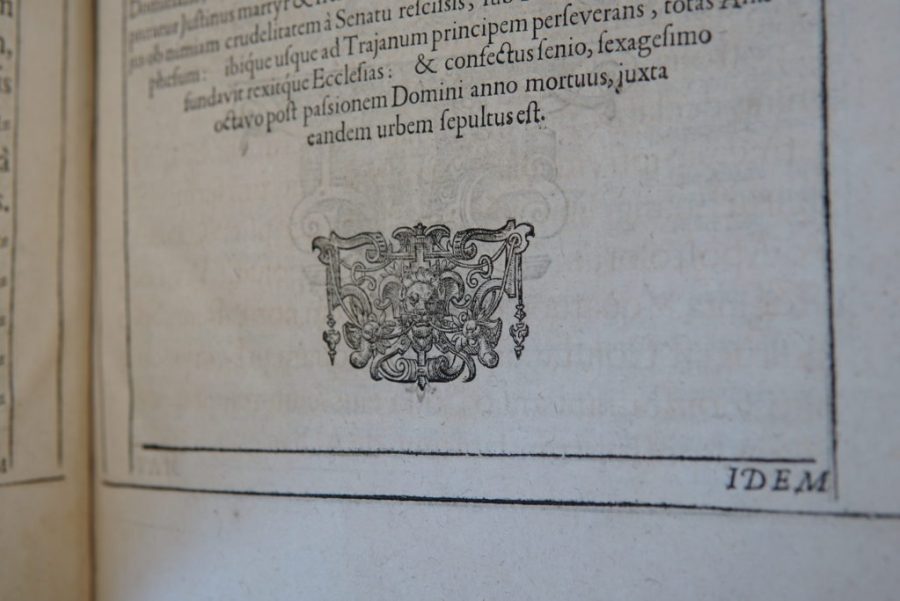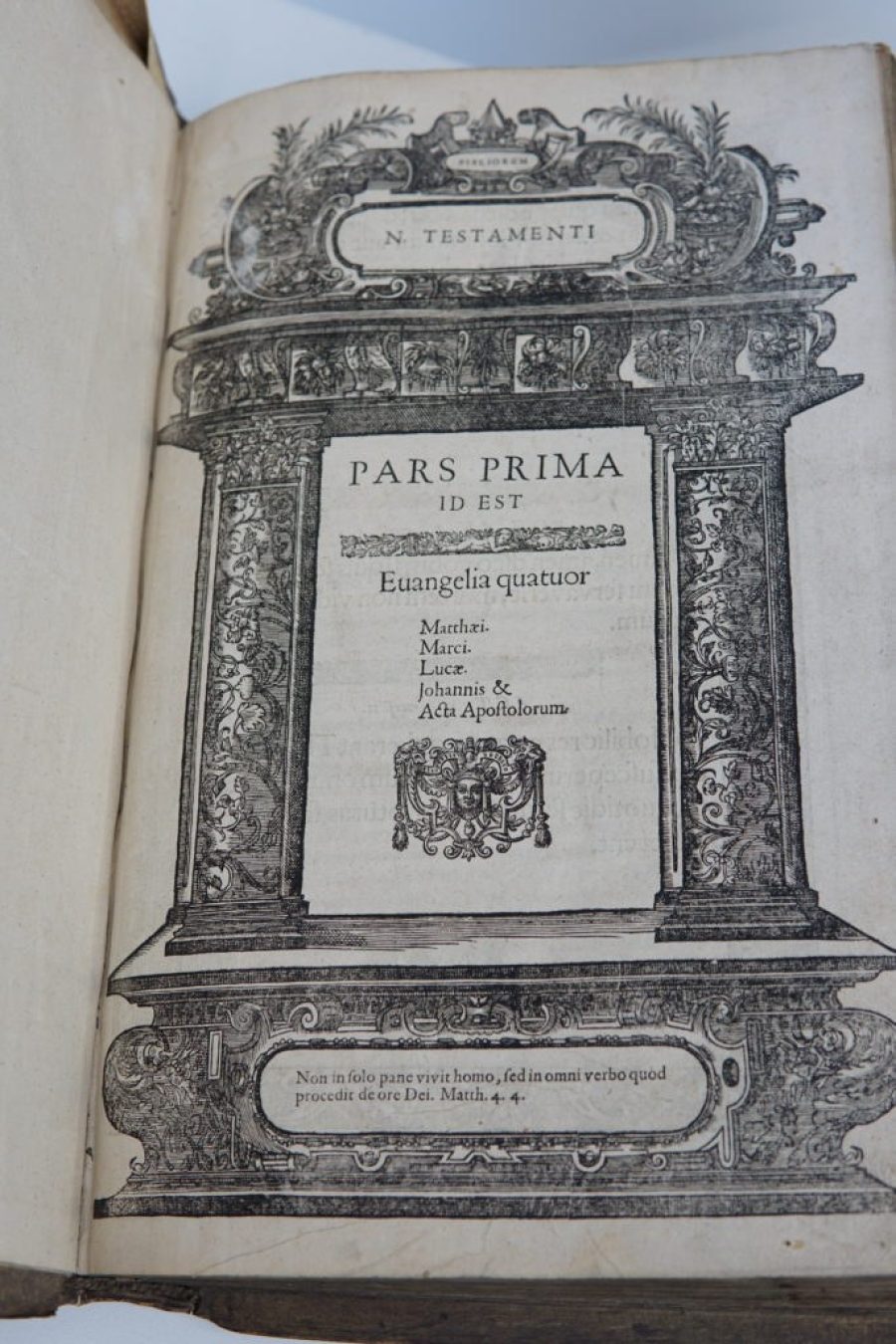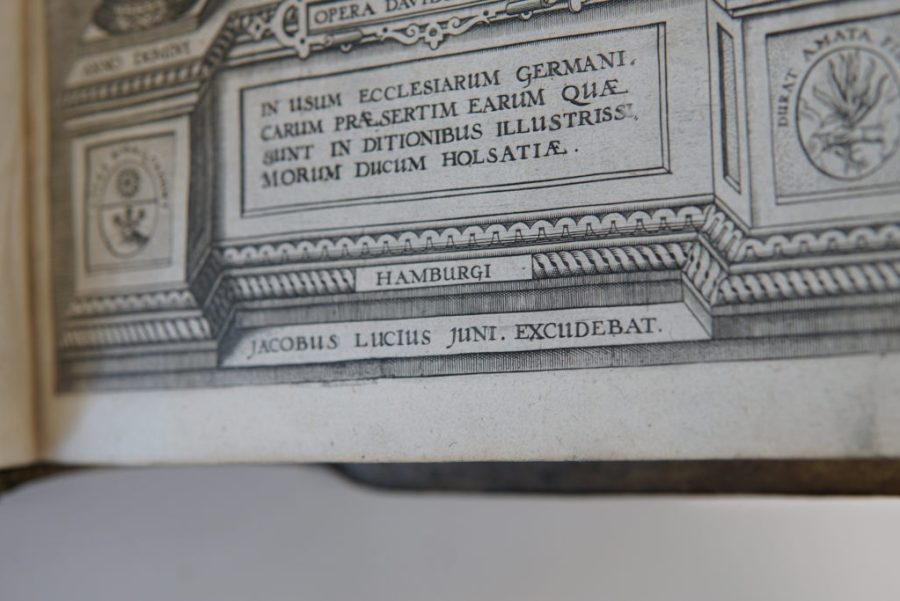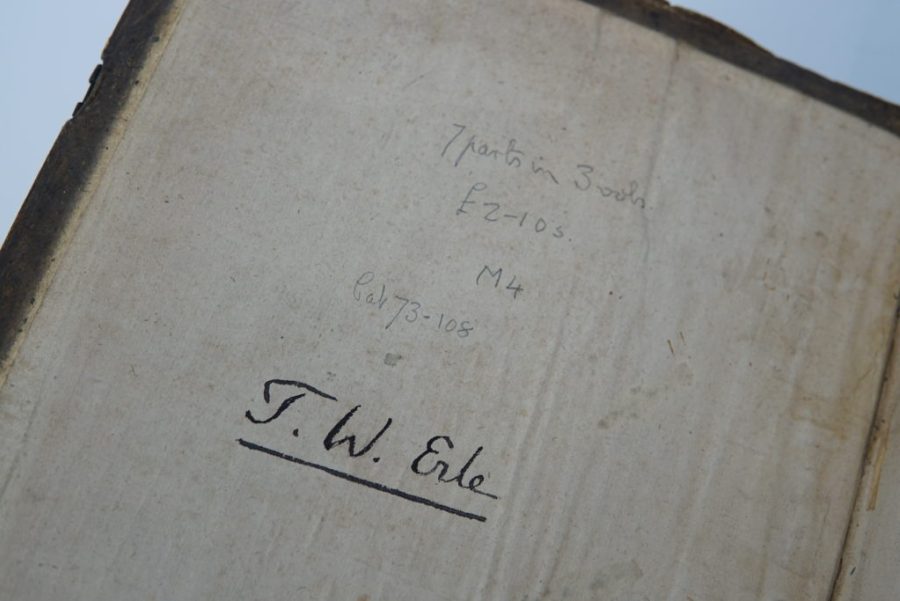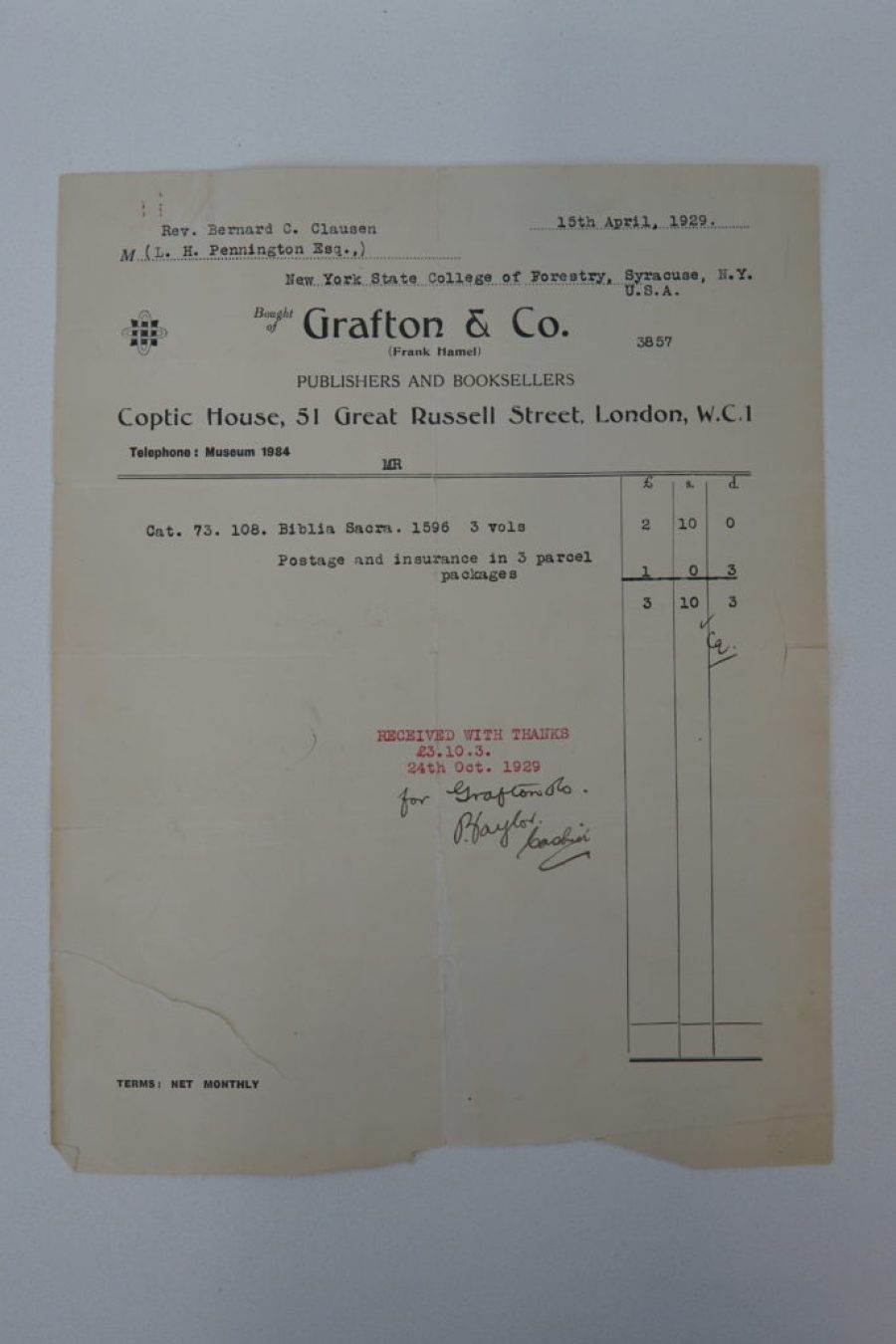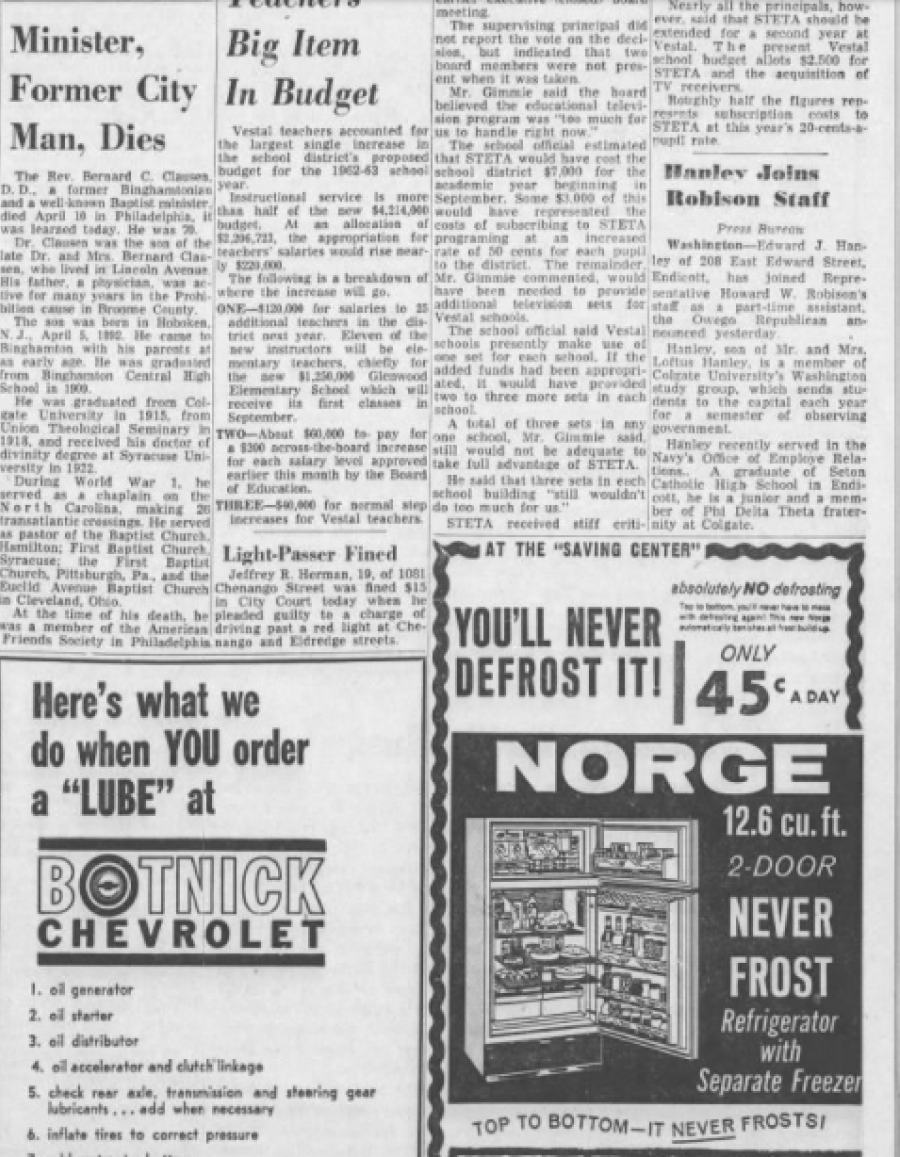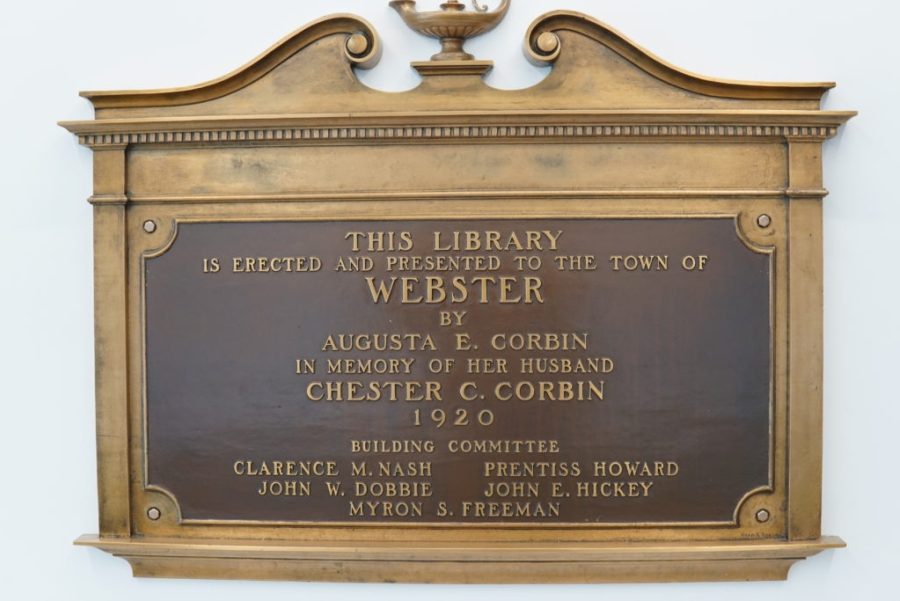Bertheau, Carl. “Wolder, David.” Deutsche Biographie, https://www.deutsche-biographi...., Accessed 26 May 2021.
“Biblia Sacra Graece, Latine & Germanice.” WorldCat, https://www.worldcat.org/title.... Accessed 26 May 2021.
Blister Rust News. E-Book, US Department of Agriculture, 1925.
Broadwell, Liz. “An Uncommon Proof.” Penn Library Blogs, 29 Jan., 2019, https://pennrare.wordpress.com.... Accessed 26 May 2021.
Doran, Susan. “Henry VIII and the Reformation.” The British Library, 23 Sep 2019, https://www.bl.uk/sacred-texts.... Accessed 26 May 2021.
Erle Drax, J. Sawbridge. “An address to the Sportsmen of England; but more particularly those of the counties of Dorset and Somerset.” The British Library, 1841, http://explore.bl.uk/primo_lib...(2084770704UI0)=any&tb=t&vid=BLVU1&mode=Basic&srt=rank&tab=local_tab&dum=true&vl(freeText0)=j.%20w.%20erle&dstmp=1622312986553. Accessed 26 May 2021.
Francis, Henry R. Trees in Roadside Treatment. E-Book, The New York State College of Forestry at Syracuse University, 1919.
“Grafton and Co., London publishers and booksellers, owned by Frank Hamel (1869-1957), also proprietor of ‘The Library World’.” Richard Ford Manuscripts, https://www.richardfordmanuscr.... Accessed 26 May 2021.
Graham, Theresa Blanche. “Catalogue of Porcelain Decorative Objects and Furniture.” The British Library, 1935, http://explore.bl.uk/primo_lib...(2084770704UI0)=any&tb=t&vid=BLVU1&mode=Basic&srt=rank&tab=local_tab&dum=true&vl(freeText0)=j.%20w.%20erle&dstmp=1622312986553. Accessed 26 May 2021.
“Hamburg Polyglot.” Loyola Marymount University, https://digitalcollections.lmu.... Accessed 26 May 2021.
“Hamburg Polyglot, 1596.” Calisphere: University of California, https://calisphere.org/item/4d.... Accessed 26 May 2021.
“Hamburg Polyglot Volume 1 of 7.” SMU Perkins School of Theology, https://www.smu.edu/Bridwell/S.... Accessed 26 May 2021.
“Handwriting Sample: L.H. Pennington.” US Department of Agriculture Special Collections, https://www.nal.usda.gov/exhib.... Accessed 26 May 2021.
“Jakob Lucius.” The British Museum, https://www.britishmuseum.org/.... Accessed 26 May 2021.
“Jacob Lucius der Jungere.” Wikipedia. https://de.wikipedia.org/wiki/.... Accessed 26 May 2021.
“John Erle-Drax.” Wikipedia. https://en.wikipedia.org/wiki/.... Accessed 26 May 2021.
“King James Bible, 1611.” The British Library, https://www.bl.uk/collection-i.... Accessed 26 May 2021.
Levy, Michelle and Tom Mole. The Broadview Introduction to Book History. Broadview Press, 2017.
“Luther Bible.” The British Library, https://www.bl.uk/collection-i.... Accessed 26 May 2021.
“Making a medieval book.” Youtube, uploaded by silverman834, 3 Jan 2020, https://www.youtube.com/watch?....
“The Making of a Renaissance Book (1969).” Youtube, uploaded by RBS Staff, 18 Dec 2018, https://www.youtube.com/watch?....
Markham, Sheila. “The Interviews, Robin Waterfield.” Sheila Markham in Conversation, July 2000, http://www.sheila-markham.com/interviews/robin-waterfield.html. Accessed 26 May 2021.
Pettegree, Andrew. The Book in the Renaissance. Yale University Press, 2010.
“Press and Sun-Bulletin from Binghamton, New York – Page 5.” Newspapers.com, https://www.newspapers.com/new.... Accessed 26 May 2021.
“Proof sheets from the press of Jacob Lucius: [Rostock, Germany], 1570.” The Newberry, https://i-share-nby.primo.exli.... Accessed 26 May 2021.
“Reformation Causes and Effects.” Britannica, 25 Sep 2020, https://www.britannica.com/sum.... Accessed 26 May 2021.
“Reformation Timeline.” Britannica, 25 Sep 2020, https://www.britannica.com/sum.... Accessed 26 May 2021.
“Rev. Bernard C. Clausen Dies.” Newspapers.com, https://www.newspapers.com/cli.... Accessed 26 May 2021.
Ryrie, Alec. “From sacred scriptures to the people’s Bible.” The British Library, 23 Sep 2019, https://www.bl.uk/sacred-texts.... Accessed 26 May 2021.
“Tyndale’s New Testament, 1525.” The British Library, https://www.bl.uk/collection-i.... Accessed 26 May 2021.
“Tyndale’s New Testament, 1526.” The British Library, https://www.bl.uk/collection-i.... Accessed 26 May 2021.
